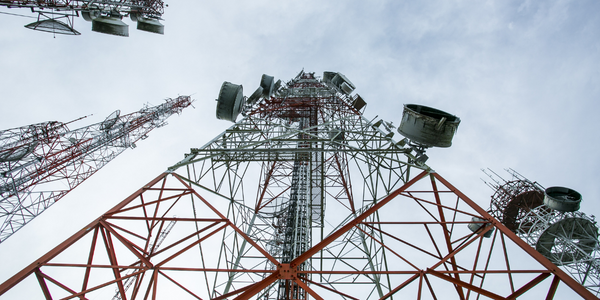技术
- 分析与建模 - 计算机视觉软件
- 机器人 - 轮式机器人
适用行业
- 医疗保健和医院
- 电信
适用功能
- 产品研发
用例
- 楼宇自动化与控制
- 时间敏感网络
服务
- 系统集成
关于客户
Healthline 是世界上最大的健康信息网站和提供商。他们提供同理心和“全人”方法,以及医疗准确性、有意义的社区参与以及消费者在健康之旅中所需的内容。 Healthline Together 应用程序是一套由同伴支持的社交网络应用程序,旨在解决慢性病问题,为患有慢性疾病的人们提供一个积极且安全的空间,让他们能够聚集在一起并互相支持。
挑战
Healthline 需要在其 Healthline Together 应用程序中实施全面且灵活的活动,以创建围绕慢性健康问题的在线社交社区体验。他们希望让会员变得简单、熟悉且易于使用,同时为其填充相关内容并实现与社区的实时深入讨论。他们正在考虑构建内部解决方案,但希望节省时间、精力和资源。
解决方案
Healthline 与 Stream 合作,为其 Healthline Together 应用程序开发活动源。 Stream 为强大的技术堆栈提供了必要的功能,使 Healthline 的产品开发团队能够专注于满足每个社区的独特需求。 Stream 的技术允许为每个用户提供个性化的提要内容,收集正确的数据来策划可定制的提要。 Stream 还帮助优化新会员的体验,提高参与度和保留率。与 Stream 的集成过程被描述为令人愉快且比预期更容易。
运营影响
数量效益

Case Study missing?
Start adding your own!
Register with your work email and create a new case study profile for your business.
相关案例.

Case Study
Hospital Inventory Management
The hospital supply chain team is responsible for ensuring that the right medical supplies are readily available to clinicians when and where needed, and to do so in the most efficient manner possible. However, many of the systems and processes in use at the cancer center for supply chain management were not best suited to support these goals. Barcoding technology, a commonly used method for inventory management of medical supplies, is labor intensive, time consuming, does not provide real-time visibility into inventory levels and can be prone to error. Consequently, the lack of accurate and real-time visibility into inventory levels across multiple supply rooms in multiple hospital facilities creates additional inefficiency in the system causing over-ordering, hoarding, and wasted supplies. Other sources of waste and cost were also identified as candidates for improvement. Existing systems and processes did not provide adequate security for high-cost inventory within the hospital, which was another driver of cost. A lack of visibility into expiration dates for supplies resulted in supplies being wasted due to past expiry dates. Storage of supplies was also a key consideration given the location of the cancer center’s facilities in a dense urban setting, where space is always at a premium. In order to address the challenges outlined above, the hospital sought a solution that would provide real-time inventory information with high levels of accuracy, reduce the level of manual effort required and enable data driven decision making to ensure that the right supplies were readily available to clinicians in the right location at the right time.

Case Study
Gas Pipeline Monitoring System for Hospitals
This system integrator focuses on providing centralized gas pipeline monitoring systems for hospitals. The service they provide makes it possible for hospitals to reduce both maintenance and labor costs. Since hospitals may not have an existing network suitable for this type of system, GPRS communication provides an easy and ready-to-use solution for remote, distributed monitoring systems System Requirements - GPRS communication - Seamless connection with SCADA software - Simple, front-end control capability - Expandable I/O channels - Combine AI, DI, and DO channels

Case Study
Driving Digital Transformations for Vitro Diagnostic Medical Devices
Diagnostic devices play a vital role in helping to improve healthcare delivery. In fact, an estimated 60 percent of the world’s medical decisions are made with support from in vitrodiagnostics (IVD) solutions, such as those provided by Roche Diagnostics, an industry leader. As the demand for medical diagnostic services grows rapidly in hospitals and clinics across China, so does the market for IVD solutions. In addition, the typically high cost of these diagnostic devices means that comprehensive post-sales services are needed. Wanteed to improve three portions of thr IVD:1. Remotely monitor and manage IVD devices as fixed assets.2. Optimizing device availability with predictive maintenance.3. Recommending the best IVD solution for a customer’s needs.

Case Study
HaemoCloud Global Blood Management System
1) Deliver a connected digital product system to protect and increase the differentiated value of Haemonetics blood and plasma solutions. 2) Improve patient outcomes by increasing the efficiency of blood supply flows. 3) Navigate and satisfy a complex web of global regulatory compliance requirements. 4) Reduce costly and labor-intensive maintenance procedures.









